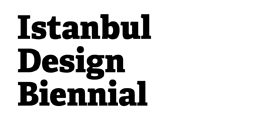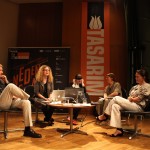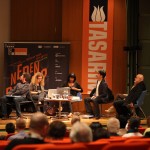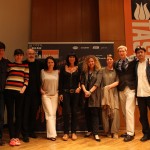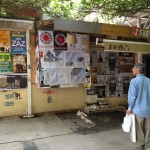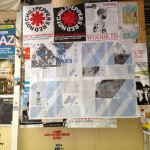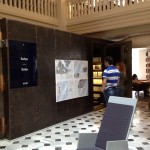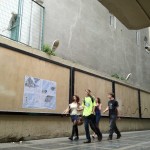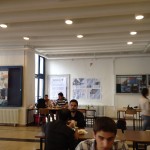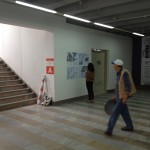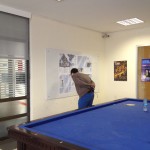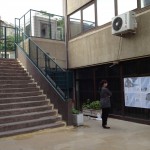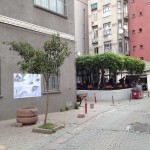From the pages of NCR-01 comes a text from New City Reader – Istanbul Project Coordinator, Benan Kapucu.

Bedazzled by her incredible energy and her multi-layered, multi-cultured allure, the eyes of the world are fixed on Istanbul. In all design meetings, events, exhibitions and discussion platforms happening in Istanbul, we can follow the trail of the same discourse: to activate the city’s creative energies and to be a part of the global design network through a ‘brand new language’. How connected are those myths – in which we are always willing to believe – and actual phenomena? Distancing ourselves from the elitist circles and just levelling with the realities of daily life, is design really an issue on the agenda of Istanbul?
The discourse of the media consists of a rhetorical relationship with daily life. It is possible to get an idea about how deeply a country or a city has internalized the culture of architecture and design, by observing the general state of its publications. Publishing in the area of design and architecture has its problems in Turkey. The political and ecnomical cross-relations of the media bosses who engage in various different commercial practices other than the press, have an extremely decisive influence on publishing policies. Spellbound by popular culture, mainstream media in general, and decoration magazines especially, handle design in terms of its consumption value, merely as a life-style issue and offer very little room for an interrogative, critical and oppositional perspective and expression.
